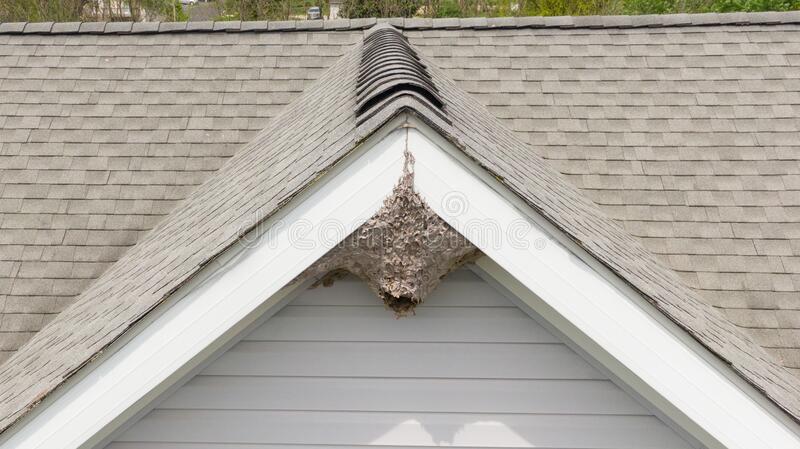Discovering a wasp nest in the siding of your home can be a nerve-wracking experience. These stinging insects can be aggressive when their nest is disturbed, and they can pose a danger to you and your family. It’s important to take action to remove the nest and prevent the wasps from coming back.
Here are some steps you can take to deal with a wasp nest in your home’s siding:
Identify the type of wasp:
The first step in dealing with a wasp nest is to identify the type of wasp that is living in your siding. There are several species of wasps, and each species has its unique characteristics and behavior. For instance, yellow jackets and hornets are more aggressive than paper wasps and may sting repeatedly. It’s essential to identify the species of wasp, as it will help you determine the best approach to remove the nest.
Observe the nest:
Observe the nest from a safe distance to see if it’s active. If you see wasps flying in and out of the nest, it means the nest is active. If the nest is inactive, it could mean that the wasps have abandoned it or that it’s too early in the season. It’s essential to remove an active nest as soon as possible to prevent the wasps from building a larger colony.
Wear protective clothing:
Before attempting to remove the nest, make sure you wear protective clothing to prevent getting stung. Wear long sleeves, long pants, closed-toe shoes, and gloves. Additionally, wear a hat with a veil or a beekeeper’s suit for extra protection.
Use insecticide spray:
If the nest is small and easily accessible, you can use an insecticide spray to kill the wasps. Purchase an insecticide spray that’s designed specifically for wasps, and follow the instructions on the label carefully. Stand at a safe distance and spray the nest thoroughly. Wait for a few hours to ensure all the wasps are dead before removing the nest.
Call a professional:
If the nest is too large or inaccessible, or if you’re not confident in removing the nest yourself, it’s best to call a professional exterminator. A professional will have the tools and expertise to remove the nest safely and effectively. Additionally, they will be able to identify the species of wasp and determine the best approach for removal.
Seal gaps and cracks:
Once the nest has been removed, it’s important to seal any gaps or cracks in your home’s siding to prevent wasps from coming back. Wasps can use even small gaps in the siding to build their nests, so it’s essential to seal them properly. Use caulk or expanding foam to seal any gaps or cracks in the siding or around windows and doors.
Take preventive measures:
To prevent wasps from building nests in your home’s siding, take some preventive measures. Keep your yard clean and free of debris, as wasps are attracted to food and garbage. Additionally, seal any open containers of food and keep your trash cans tightly sealed. Also, remove any standing water around your home, as wasps need water to survive.
In conclusion, discovering a wasp nest in your home’s siding can be alarming, but it’s important to take action to remove the nest and prevent the wasps from coming back. Identify the species of wasp, wear protective clothing, use insecticide spray, call a professional, seal gaps and cracks, and take preventive measures to keep wasps away. By taking these steps, you can keep your home and family safe from the dangers of wasps.

